1. Bloodletting Cured Everything
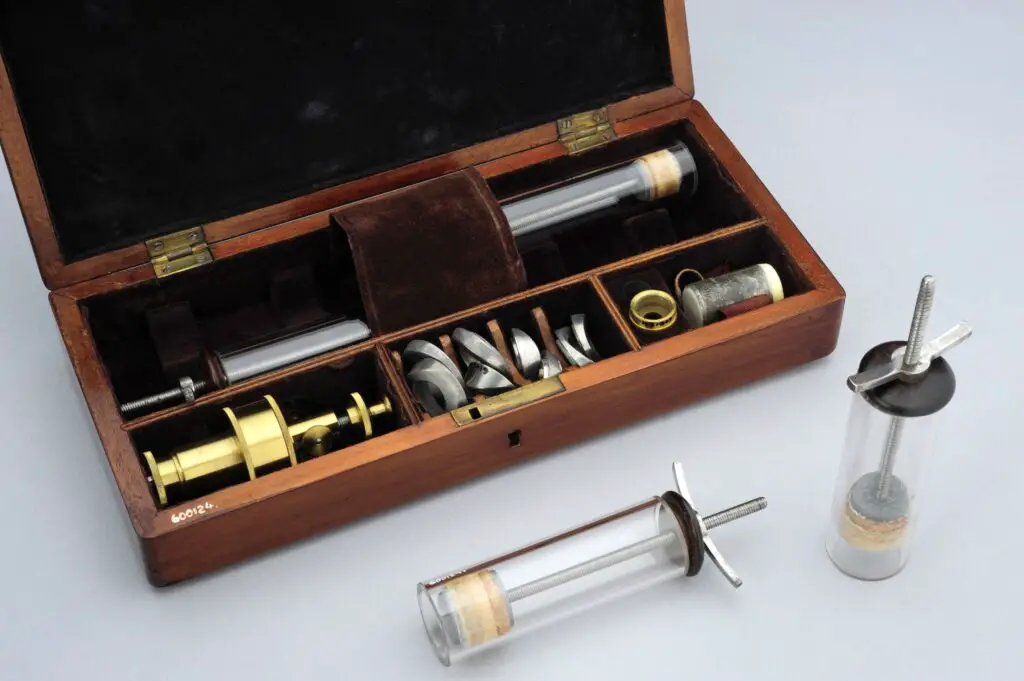
For centuries, doctors swore that draining blood was the cure for almost any ailment. From headaches to fevers, patients were routinely bled with the idea that it balanced the body’s “humors.” George Washington himself was treated with bloodletting during his final illness, which likely hastened his death. It sounds shocking now, but it was a respected practice.
Over time, physicians realized that removing blood often weakened patients rather than healed them. Instead of restoring balance, it drained the body of strength. Today, bloodletting is only used in very specific conditions, like hemochromatosis, where excess iron builds up in the blood. Thankfully, modern medicine moved on from treating every illness with a cut to the vein.
2. Smoking Was Prescribed for Health

There was a time when cigarettes were not only socially acceptable but considered medicinal. Doctors in the early 20th century sometimes recommended smoking for relaxation or even asthma relief. Advertisements regularly featured physicians endorsing their favorite cigarette brands.
Of course, we now know smoking is one of the leading causes of cancer and heart disease. The reversal of medical advice on this is one of the most striking in history. What was once marketed as therapeutic is now one of the greatest public health warnings. It’s a sobering reminder of how much medical understanding evolves.
3. Women’s Hysteria Was a Real Disease
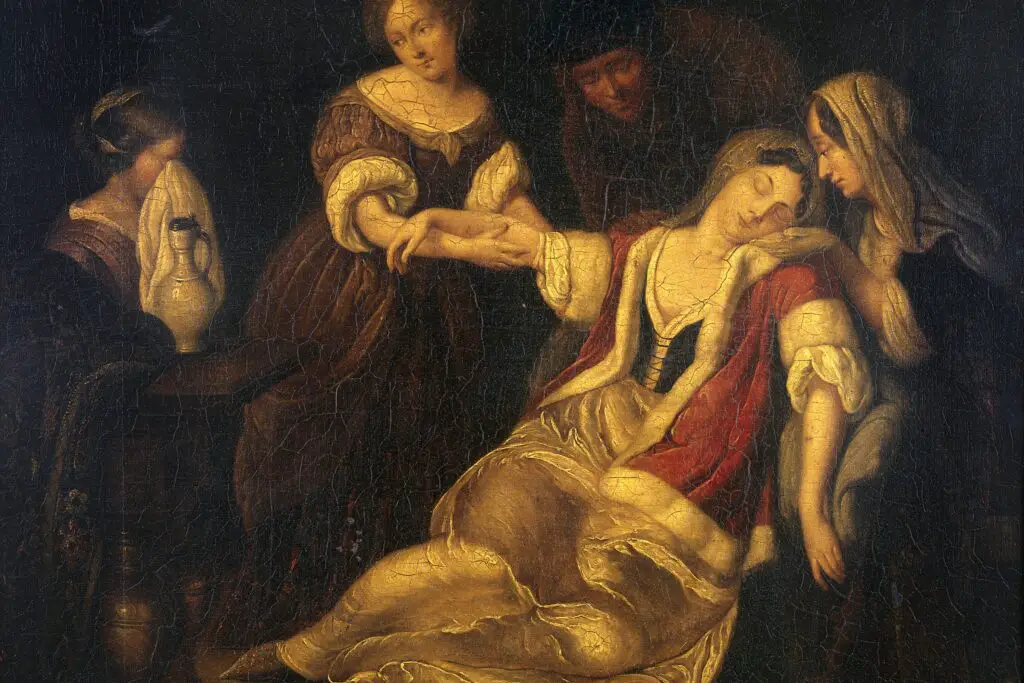
For centuries, women were diagnosed with “hysteria” when they showed symptoms like anxiety, insomnia, or mood swings. Doctors often blamed it on a “wandering womb,” a bizarre theory that the uterus moved around the body causing chaos. Treatments ranged from rest cures to more invasive and troubling methods.
This diagnosis was used to dismiss real mental and physical health issues. It wasn’t until the 20th century that hysteria began disappearing from medical texts. Today, those same symptoms are recognized as conditions like depression or anxiety. The myth of hysteria shows how deeply gender bias once shaped medical thinking.
4. Mercury Was a Miracle Cure

For centuries, mercury was prescribed as a treatment for syphilis and other illnesses. Patients swallowed it, rubbed it on their skin, or inhaled it as vapor. While it may have seemed to help in the short term, mercury poisoning caused horrific side effects including neurological damage.
The irony is that doctors were giving poison to already suffering patients. Some of history’s most famous figures, including composers and kings, endured mercury treatments. Once its dangers became undeniable, the medical field abandoned it. Now, mercury is known as a toxic substance, not a cure.
5. Bed Rest for Every Illness

For decades, doctors believed extended bed rest was the solution to most medical conditions. Whether you had pneumonia, a heart problem, or pregnancy complications, you were told to lie down and stay put. Entire hospital wards were dedicated to keeping patients immobile.
While rest can help in moderation, too much can actually worsen recovery. Extended bed rest weakens muscles, slows circulation, and leads to complications like blood clots. Modern medicine encourages early mobility and physical therapy instead. The shift shows how even good intentions can backfire in medical practice.
6. Lobotomies Could Heal the Mind
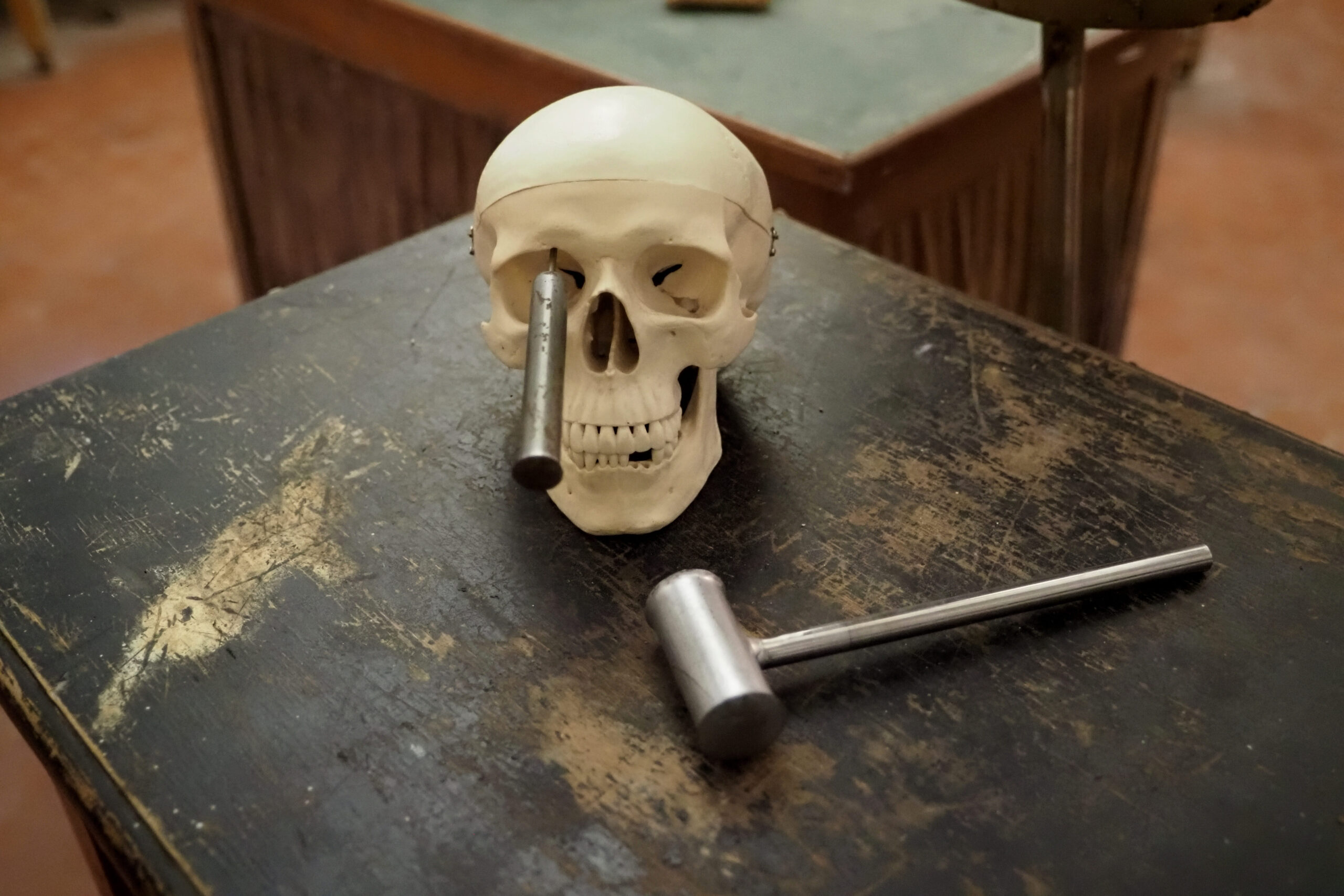
In the mid-20th century, lobotomies were seen as groundbreaking treatments for mental illness. Doctors believed severing connections in the brain could relieve conditions like depression or schizophrenia. Thousands of patients underwent the procedure, often with devastating results.
While some patients seemed calmer afterward, many were left with severe cognitive and emotional impairments. Families were often persuaded it was the best option when little else was available. Eventually, psychiatric medications and ethical reforms replaced lobotomies. Today, the practice is regarded as one of medicine’s darkest chapters.
7. Spinal Curvature Came from Reading in Bed

For a long time, children were warned that reading in bed would curve their spines. Doctors and parents alike repeated this myth, convinced that poor posture caused permanent deformities. The advice often came with strict rules about sitting upright while studying.
Of course, scoliosis and other spinal conditions are not caused by casual reading positions. Posture may affect comfort, but it doesn’t twist bones out of shape. This myth, though well-meaning, piled unnecessary guilt on kids who just wanted to enjoy a book. Thankfully, medical science caught up and put the rumor to rest.
8. The Four Humors Ruled the Body
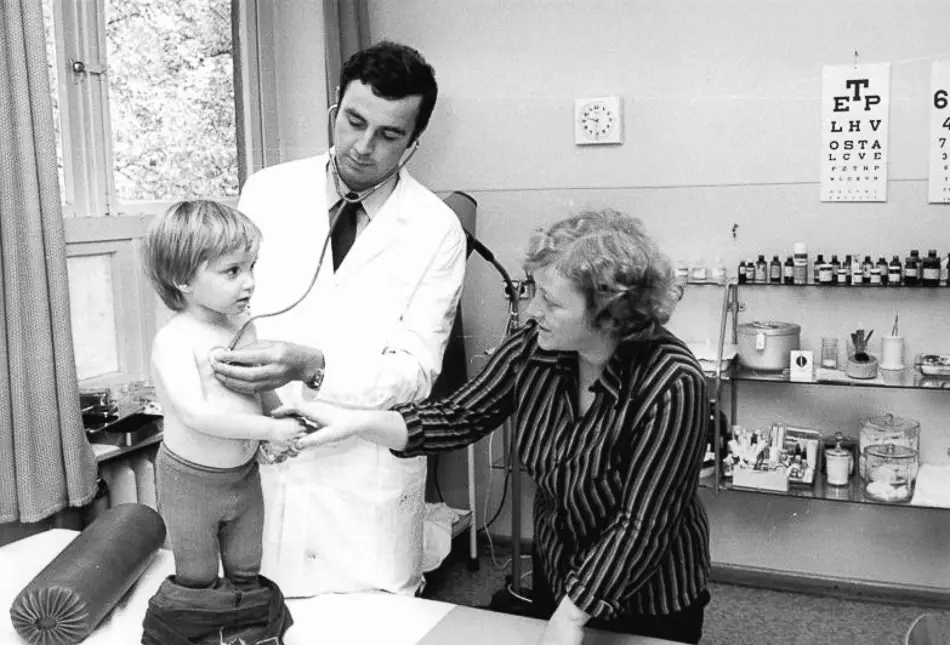
Ancient physicians believed the body was governed by four fluids: blood, phlegm, yellow bile, and black bile. Health supposedly depended on keeping these humors in balance. For centuries, medical treatment was built around this idea, influencing everything from diet to surgery.
If you were sick, doctors assumed one humor was out of control. Remedies included purging, bloodletting, or altering diets to restore balance. It was a neat system, but entirely unscientific. Modern medicine eventually replaced humoral theory with germ theory and anatomy-based science. It’s fascinating to see how long the four humors dominated thought.
9. Trepanning Released Evil Spirits

In ancient times, doctors drilled holes in skulls to “release” spirits thought to cause seizures, headaches, or mental illness. The practice, called trepanning, dates back thousands of years. Incredibly, some patients survived the crude surgery.
While it sounds horrifying, trepanning persisted in various cultures for centuries. Early physicians truly believed it could cure ailments by letting out harmful forces. Today, we recognize it as dangerous and unnecessary, though it laid the groundwork for neurosurgery. It’s one of medicine’s strangest examples of superstition blending with treatment.
10. Fever Was Always Dangerous

Before modern medicine, doctors often treated fever as an illness in itself. Any rise in temperature was seen as a threat that needed to be lowered immediately. Treatments included cold baths, alcohol rubs, and even more aggressive measures.
Now we know fever is usually the body’s way of fighting infection. While dangerously high fevers do need attention, most are part of the healing process. This understanding changed how doctors approach infections and childhood illnesses. It turned fever from a feared disease into a useful symptom.
11. Tapeworm Diets Were a Weight Loss Plan
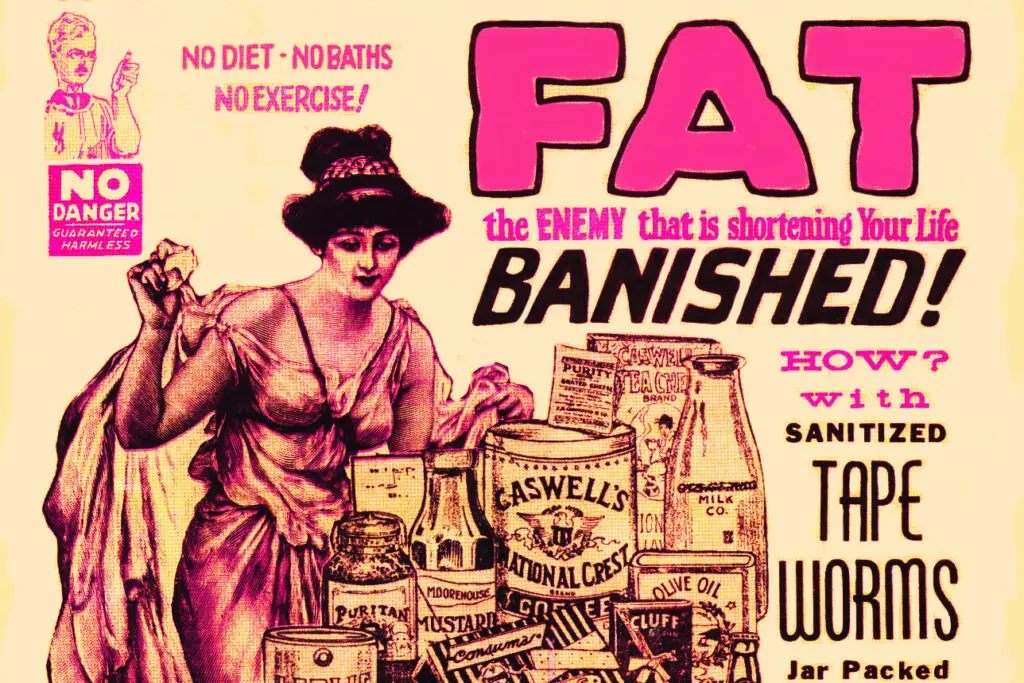
Believe it or not, tapeworms were once marketed as weight loss aids. The idea was simple: swallow a pill containing a tapeworm egg, let it grow in your intestines, and watch the pounds melt away. Ads promised you could eat whatever you wanted without gaining weight.
The reality was much grimmer. Tapeworm infestations cause malnutrition, organ damage, and sometimes death. Though it was a fringe practice, it reflects how even medicine can be twisted into dangerous fads. Today, it serves as a warning about the risks of quick fixes.
12. Sugar Was Good for Energy and Health

In the mid-20th century, sugar was promoted as a healthy energy booster. Some doctors even suggested it could help with weight control by curbing appetite. Advertisements featured medical endorsements, making sugary foods seem like a smart choice.
It didn’t take long for science to reveal the opposite. Excess sugar contributes to obesity, diabetes, and heart disease. The shift in advice was dramatic, showing how marketing and medicine sometimes intersect. It’s a clear example of how health advice can change with better research.
13. Radiation Was a Health Tonic
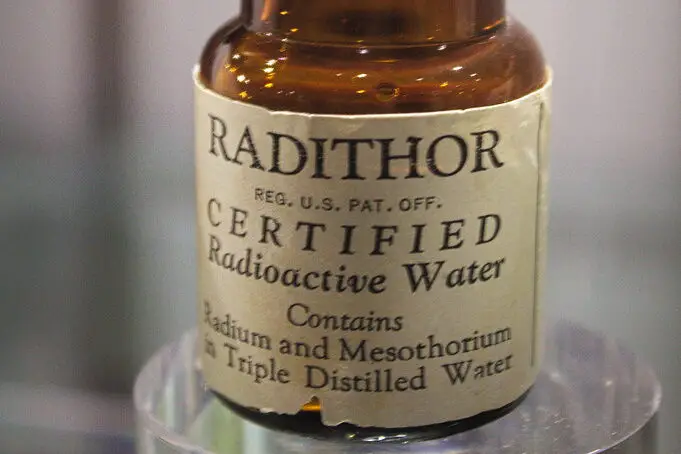
When X-rays and radium were first discovered, they were treated as miraculous. Products like radium water, glowing cosmetics, and even radioactive toothpaste were sold to the public. Some doctors believed radiation boosted vitality and cured ailments.
Instead, it often led to severe burns, cancer, and radiation poisoning. Tragic stories of workers exposed to radium highlighted its dangers. Once the risks were undeniable, medicine reversed its stance. Today, radiation is carefully controlled and used only in targeted treatments like cancer therapy.
